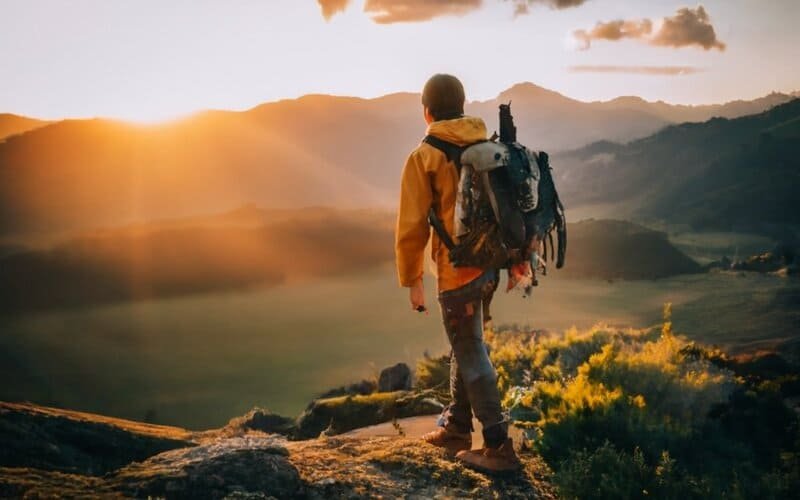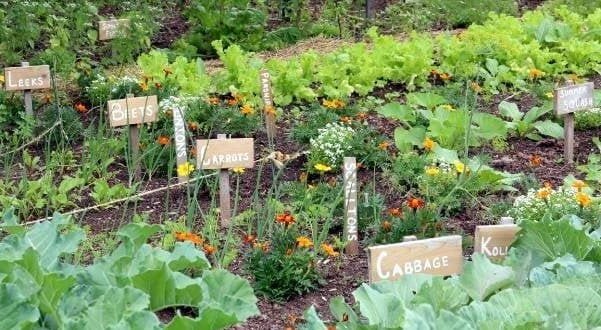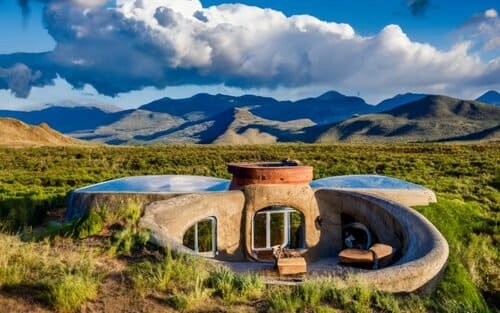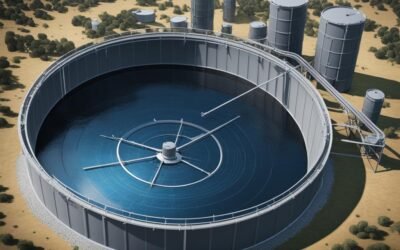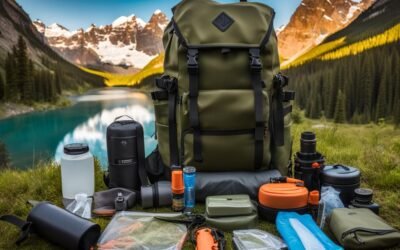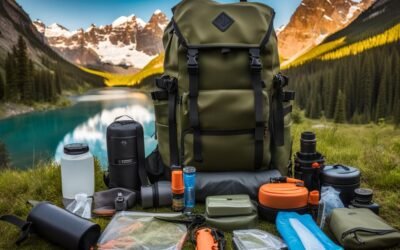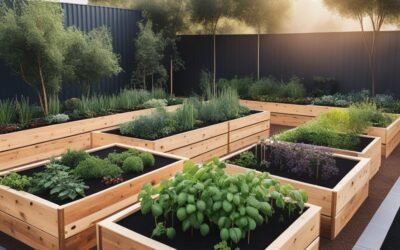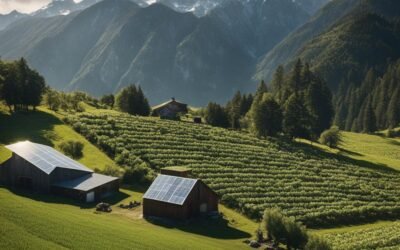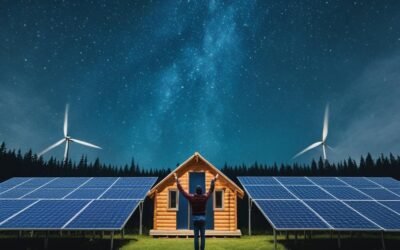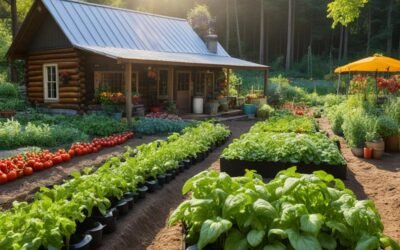What is Off Grid Living?
An introduction into Off Grid LivingWhat is Off Grid Living and Self Sufficiency
Living off the grid and achieving energy self-sufficiency are becoming increasingly popular lifestyle choices for Americans looking to reduce costs, minimize environmental impact, and attain greater self-reliance. This ultimate guide covers everything you need to know about transitioning to off-grid living and energy self-consumption.
What Does off grid living or Living Off the Grid Mean?
At its core, to live off grid means disconnecting from public utilities like the electrical grid, municipal water supply, and sewer systems. Off-the-grid homes are autonomous – they generate their own electricity, harvest rainwater, and handle sewage treatment and waste disposal on-site without relying on external infrastructure. A completely off the grid home helps you to save on property taxes, utility bills and can help lower your carbon footprint.
Some key characteristics of off grid living include:
- Energy – Using renewable energy sources like solar power, solar panels, wind turbines or generators for electricity rather than drawing from the utility power grid. This supplies the home’s electrical needs.
- Water – Sourcing water from a private well, rainwater collection system or nearby stream rather than municipal water. Storage tanks and filtration are used to make water potable.
- Waste – Managing human waste with composting toilets and septic tank systems instead of a connected sewer line.
- Food – Growing vegetables, fruits, raising livestock and hunting to grow your own food supply rather than purchasing all needs.
Degrees of Off Grid Living
Going off the grid exists on a spectrum. On one end is completely disconnecting from all public utilities for a totally self-sufficient lifestyle. On the other end is minimizing reliance on the grid by producing your own energy and water without fully disconnecting.
Most off-grid homes use a hybrid approach, remaining connected to some utilities like electrical but fully providing their own water and septic services. This allows for a balance of convenience and self-reliance.
No matter your comfort level, moving towards off grid living reduced monthly bills, empowers self-sufficiency skills, and lessens environmental impact.
The Costs of Establishing an Off-Grid Homestead
The upfront investment to establish off grid living can be significant but pays dividends in the long run. Here are typical costs to plan for:
- Land Purchase – This can range dramatically based on location, from $1000 per acre in rural Texas to $5000-10000 per acre in coveted regions like the Pacific Northwest.
- Off-Grid Solar System – Count on $10,000-$30,000 for a full solar setup including panels, batteries, charge controllers and inverter sufficient for a small home.
- Well Drilling – Wells can cost $20-$50 per foot drilled, with depths from 100-400 feet needed to access clean groundwater.
- Rainwater Harvesting System – A 2000 gallon rain catchment system would run $4,000-$7,000.
- Septic System – Anywhere from $3,000 for a basic system up to $30,000 for a large complex.
- Composting Toilet – Approximately $1200-$2500 for a ready-made composting toilet.
- Home Construction – Variable but expect to pay a premium on labour and materials if beyond DIY abilities. or Pre purchase a tiny home
5 Challenges to Expect Living Off the Grid
While off grid life has many rewards, it also comes with unique challenges. Here are key considerations:
- Higher Upfront Costs – The solar panels, batteries, well drilling, and septic for an off-grid home often have higher start up costs than equivalent grid-connected systems.
- DIY Skills and Labour – Hands-on skills are invaluable for construction, repairs, maintenance. If DIY-averse, costs climb quickly.
- Inconveniences – Accessing modern amenities like internet, healthcare, and shopping will require more effort and travel.
- Isolation – Properties distant from neighbours and towns create social isolation that isn’t for everyone. Can also make access harder.
- Staying Within Legal Limits – Regulations around water rights, sewage, construction can complicate off-grid living if not properly researched.
While not insurmountable, these challenges warrant consideration before going off-grid. For the right personality, the rewards outweigh the hurdles.
Evaluating if Off Grid Living is Right For You
As interest in off-grid living grows, more resources exist to ease the transition. However, thorough research and self-assessment are still crucial first steps.
Key questions to consider before going off-grid:
- What are my motivations and expectations for going off-grid? Am I ready to put in the work?
- What degree of self-sufficiency suits my comfort level? Full disconnection or partial?
- How remote of a property am I comfortable with given isolation trade offs?
- How handy am I for DIY projects like solar, construction and vehicle repairs?
- How will an off-grid lifestyle impact my family, social life, and career?
Gaining first-hand experience with off-grid living for extended periods can provide invaluable insight before fully committing. But for many seeking greater freedom, simplicity and sustainability, off-grid living can be profoundly rewarding despite the challenges.
Conclusion
The off-grid lifestyle provides a viable path to energy and water self-sufficiency, reduced environmental impact, cost savings, and liberation from the conventional grind. This guide covers key considerations from initial costs to navigating legal regulations. While not for the faint of heart, off-grid living unlocks opportunities for sustainability and self-reliance that few other lifestyles can provide.

